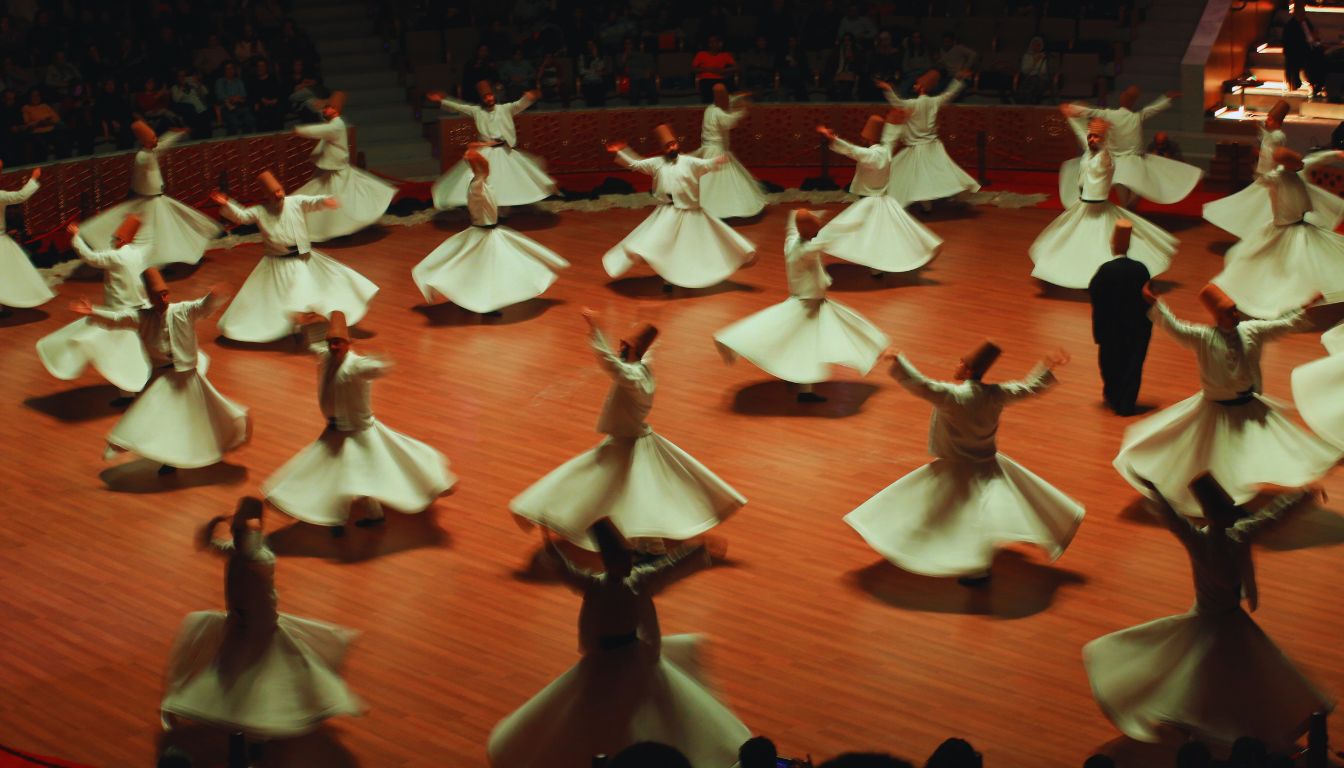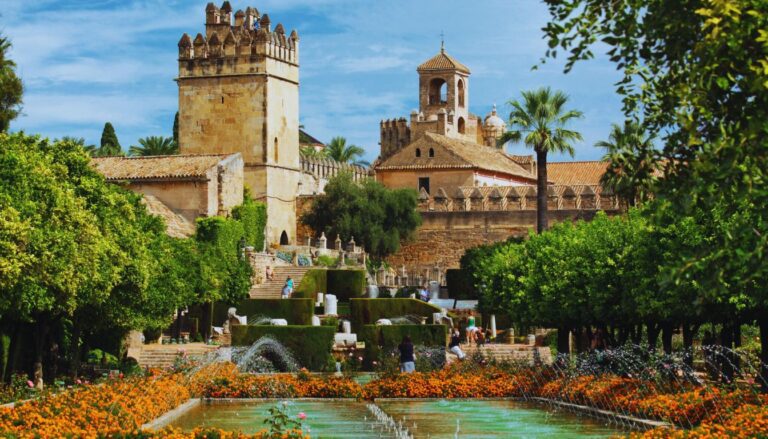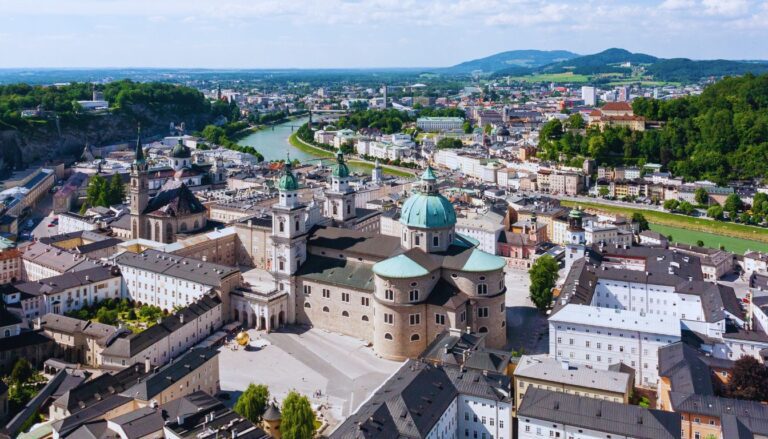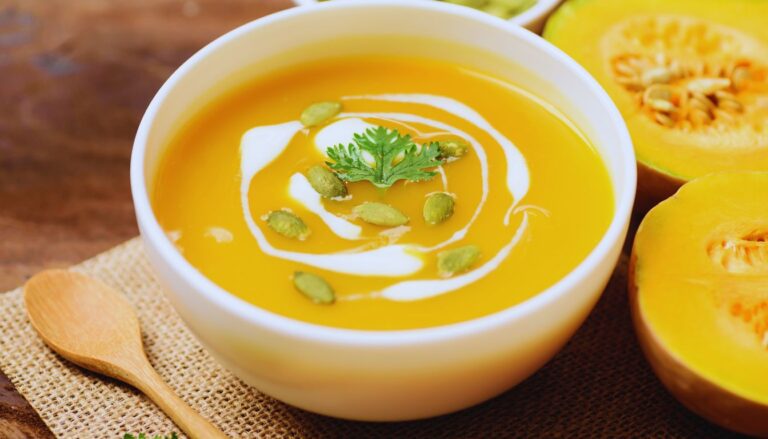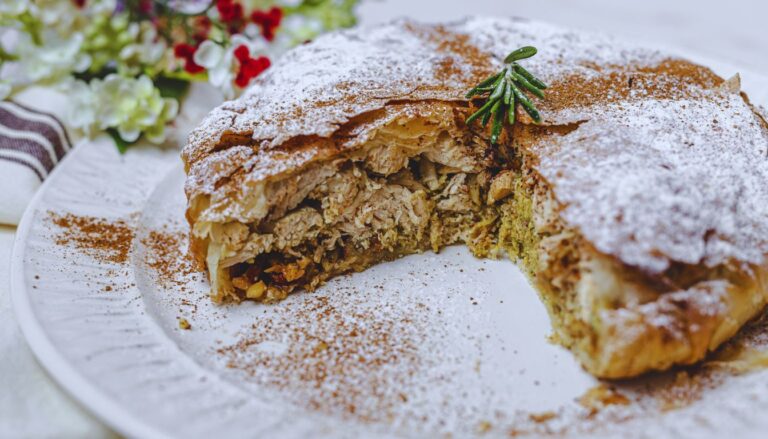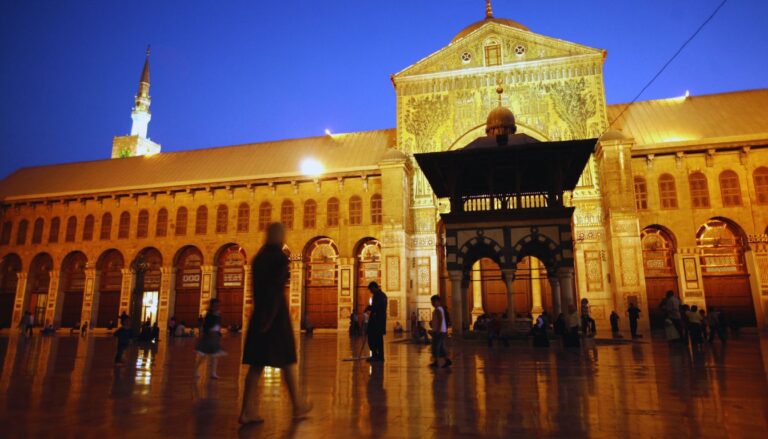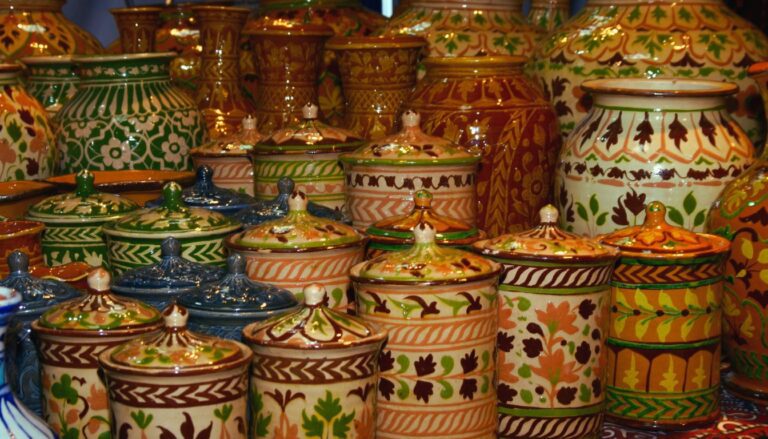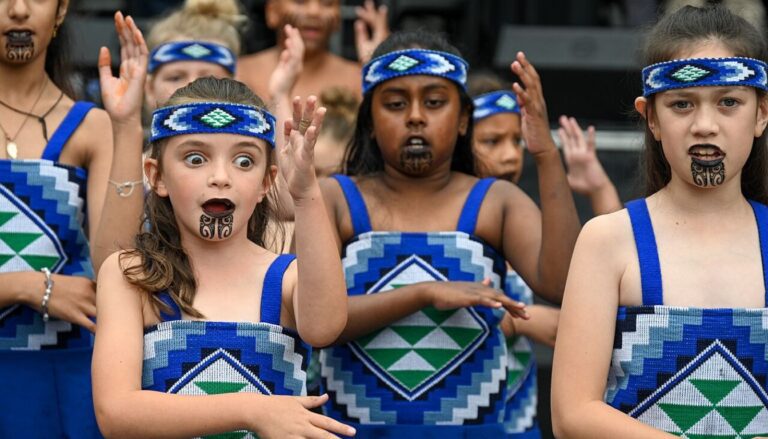Anatolia, the Asian part of modern Turkey, has been a melting pot of cultures for thousands of years. This rich history is reflected in its vibrant folk music and dances, which tell stories of love, nature, heroism, and daily life. From the haunting melodies of the shepherd’s kaval to the energetic steps of the horon dance, Anatolian folk traditions offer a window into the soul of Turkish culture.
In this article, we’ll explore the diverse world of Anatolian folk music and dances. We’ll learn about traditional instruments, regional styles, popular dances, and the role these art forms play in Turkish society. Whether you’re a music enthusiast, a dance lover, or simply curious about world cultures, join us on this journey through the rhythms of Anatolia.
Table of Contents
Historical Roots: From Ancient Times to Modern Turkey
The story of Anatolian folk music and dance begins in ancient times. The region has been home to many civilizations, including the Hittites, Greeks, Romans, Byzantines, and Ottomans. Each of these cultures left its mark on the local traditions, creating a rich tapestry of musical and dance styles.
The arrival of Turkic peoples from Central Asia in the 11th century brought new influences to Anatolian culture. These nomadic tribes carried with them their own musical traditions, including the use of stringed instruments like the kopuz (an ancestor of the modern bağlama) and a tradition of epic storytelling through song.
During the Ottoman Empire (1299-1922), folk music and dance continued to evolve. While classical Ottoman music flourished in the cities and courts, folk traditions remained strong in rural areas. Each region developed its own distinct styles, influenced by local geography, climate, and way of life.
With the founding of the Turkish Republic in 1923, there was a renewed interest in folk culture. Researchers began collecting and documenting folk songs and dances from across the country. This effort helped preserve many traditions that might otherwise have been lost and brought Anatolian folk arts to a wider audience.
Today, Anatolian folk music and dance remain an important part of Turkish culture. While modernization has brought changes, these traditions continue to be celebrated at festivals, weddings, and other social gatherings across Turkey.
Turkish Folk Instruments: The Sounds of Tradition
Anatolian folk music is characterized by its unique instruments, each with its own distinctive sound. Here are some of the most important:
- Bağlama (or Saz): This long-necked lute is often called the “king” of Turkish folk instruments. It has seven strings and is used in many styles of Turkish folk music.
- Zurna: A double-reed wind instrument with a loud, piercing sound. It’s often played alongside the davul drum in outdoor celebrations.
- Davul: A large double-headed drum played with mallets. It provides the rhythmic foundation for many folk dances.
- Kaval: A shepherd’s flute that produces a soft, melodious sound. It’s associated with pastoral themes in Turkish folk music.
- Kemençe: A small, three-stringed fiddle played with a bow. It’s particularly important in the music of the Black Sea region.
- Ney: A reed flute that produces a breathy, ethereal sound. While it’s also used in classical Turkish music, it appears in some folk traditions as well.
- Tulum: A type of bagpipe used in the northeastern Black Sea region of Turkey.
These instruments are often played in various combinations depending on the region and the style of music. For example, the zurna and davul are commonly played together for outdoor festivities, while the bağlama might be used for more intimate, indoor performances.
Türkü: The Heart of Anatolian Folk Music
At the core of Anatolian folk music is the türkü, a genre of Turkish folk song. Türküs cover a wide range of themes, from love and nature to historical events and social issues. They are the musical storytellers of Anatolian culture, passing down tales, wisdom, and emotions from generation to generation.
Türküs can be broadly categorized into several types:
- Kırık Havalar: These are rhythmic songs often accompanied by dance.
- Uzun Havalar: Longer, free-rhythm songs that allow for more vocal improvisation.
- Ağıtlar: Laments that deal with themes of loss and sorrow.
- Destanlar: Epic songs that narrate historical or legendary events.
The structure of a türkü typically includes a main verse (bent) and a refrain (kavuştak). The lyrics often use vivid imagery and local dialects, reflecting the region where the song originated.
One famous türkü is “Çanakkale Türküsü,” which tells the story of the Battle of Gallipoli during World War I. Another well-known example is “Sarı Gelin,” a love song popular in various forms across Turkey and neighboring countries.
Türküs are not just historical artifacts; they continue to be created and performed today, with some modern türküs addressing contemporary themes while maintaining traditional musical structures.
Regional Variations in Anatolian Folk Music
One of the most fascinating aspects of Anatolian folk music is its regional diversity. Each area of Turkey has its own distinct musical style, influenced by local history, geography, and cultural exchanges with neighboring regions.
Here are a few examples of regional styles:
- Black Sea Region: Known for its energetic tempo and the use of kemençe and tulum. The music often imitates the sound of waves and wind, reflecting the region’s coastal geography.
- Central Anatolia: Home to the bozlak style, characterized by long, drawn-out notes and themes of love and longing. The bağlama is a key instrument in this region.
- Aegean Region: Influenced by Greek music, this region’s folk style often features 9/8 or 9/4 time signatures. The zeybek dance music is particularly important here.
- Eastern Anatolia: This region’s music shows influences from Armenian, Kurdish, and Azerbaijani traditions. It often features uzun hava (long air) songs with complex melodies.
- Southeastern Anatolia: This region’s music is known for its emotional depth and use of the rebab, a spike fiddle. The music often addresses themes of love and separation.
These regional styles are not isolated; they often influence each other, creating a rich tapestry of musical traditions across Anatolia.
The Art of Turkish Folk Dance
Dance is an integral part of Anatolian folk culture, closely tied to the music. Turkish folk dances are as diverse as the music, with each region having its own distinctive styles and traditions.
Most Turkish folk dances are collective, with dancers forming lines or circles. They often imitate daily activities like harvesting or weaving, or represent historical events or natural phenomena. The dances can be energetic and jubilant or slow and stately, depending on the style and occasion.
Some key characteristics of Turkish folk dances include:
- Use of props: Many dances incorporate props like handkerchiefs, wooden spoons, or swords.
- Gender roles: While some dances are performed by mixed groups, others are traditionally gender-specific.
- Costumes: Dancers often wear colorful, region-specific costumes that add to the visual spectacle.
- Connection to music: The dance steps are closely tied to the rhythm of the music, with dancers often providing percussion through foot stomps or hand claps.
Folk dances play a crucial role in Turkish social life, being performed at weddings, festivals, and other celebrations. They serve not just as entertainment, but as a way to reinforce community bonds and cultural identity.
Popular Anatolian Dance Styles
Anatolia boasts a wide variety of dance styles, each with its own character and significance. Here are some of the most popular:
- Zeybek: Originating from the Aegean region, this dance represents courage and honor. It’s characterized by slow, deliberate movements with arms outstretched, imitating an eagle in flight.
- Horon: A lively dance from the Black Sea region, performed in a line or circle. It features quick foot movements and is said to imitate the movements of anchovy fish.
- Halay: Common in Eastern and Southeastern Anatolia, this is a line dance where participants link arms or hands. It starts slowly and gradually increases in tempo.
- Karşılama: A welcoming dance from Thrace (European Turkey), often performed at weddings. It’s usually danced in pairs or groups facing each other.
- Bar: A dance from Eastern Anatolia, characterized by its serious, almost solemn nature. Dancers form a line, linking arms at the shoulder.
- Çiftetelli: This dance has roots in belly dancing and is common at weddings and celebrations. It’s usually performed solo or in pairs.
- Kasap Havası: Originating from Istanbul, this “butcher’s dance” imitates the movements of butchers at work. It’s known for its lively rhythm and humorous elements.
Each of these dances tells a story about the region it comes from, reflecting local customs, history, and way of life.
Costumes and Attire in Anatolian Folk Dances
The costumes worn in Anatolian folk dances are an essential part of the performance, adding color, movement, and cultural context to the dances. Like the dances themselves, costumes vary widely by region.
Some common elements of folk dance costumes include:
- For women: Long, flowing skirts or şalvar (baggy trousers), embroidered vests, and headscarves.
- For men: Baggy trousers, shirts, vests, and sometimes traditional hats like the fez.
- Accessories: Belts, sashes, and jewelry are often important parts of the costume.
- Footwear: While some dances are performed in special dance shoes, others might use traditional yemeni (soft leather shoes) or even be danced barefoot.
The colors and patterns of the costumes often have symbolic meanings or reflect the natural environment of the region. For example, the bright colors and floral patterns in Black Sea costumes reflect the lush, green landscape of the area.
In addition to their aesthetic value, costumes can also play a functional role in the dance. For instance, the full skirts in some women’s costumes are used to create beautiful, flowing movements as part of the dance.
The Role of Music and Dance in Anatolian Festivals and Celebrations
Music and dance play a central role in Anatolian festivals and celebrations. They’re not just forms of entertainment, but integral parts of social and cultural life. Here are some occasions where folk music and dance are particularly important:
- Weddings: Turkish weddings often feature hours of music and dancing. Traditional dances like halay bring the community together to celebrate the new couple.
- Seasonal festivals: Many regions have festivals tied to the agricultural calendar, where music and dance play a key role. For example, the Mesir Macunu Festival in Manisa features traditional music and dance performances.
- Religious celebrations: While religious festivals are primarily spiritual in nature, folk music and dance often form part of the broader celebrations. For instance, during Ramadan, many cities host evening festivals with music and dance performances.
- National holidays: Folk music and dance performances are common during national celebrations, showcasing the country’s cultural heritage.
- Local festivals: Many towns and villages have their own festivals celebrating local history or produce, often featuring regional music and dance styles.
These events serve not just as entertainment, but as ways to strengthen community bonds, pass on cultural traditions to younger generations, and celebrate local and national identity.
Modern Interpretations: Folk Music and Dance in Contemporary Turkey
While traditional forms of Anatolian folk music and dance remain popular, they’ve also evolved with the times. Modern artists often blend traditional elements with contemporary styles, creating new forms of expression.
In music, this fusion has led to genres like Anatolian rock, which combines traditional instruments and melodies with rock music. Artists like Erkin Koray and Barış Manço were pioneers in this genre, paving the way for contemporary bands that continue to explore the intersection of folk and modern music.
Folk dance has also found new expressions in modern Turkey. Professional dance companies like the Turkish State Folk Dance Ensemble perform stylized versions of traditional dances, bringing them to international audiences. Meanwhile, contemporary choreographers often incorporate elements of folk dance into modern dance pieces.
Folk music and dance have also become part of Turkey’s popular culture. Traditional songs are sometimes adapted into pop hits, while elements of folk dance might appear in music videos or stage performances by pop stars.
Despite these modern interpretations, there’s also a strong movement to preserve traditional forms. Many people value folk music and dance as links to their cultural heritage, ensuring that even as new forms emerge, the old traditions continue to thrive.
Preserving the Heritage: Education and Cultural Initiatives
Recognizing the importance of folk music and dance to Turkey’s cultural heritage, various initiatives have been undertaken to preserve and promote these traditions:
- Education: Many schools in Turkey include folk music and dance in their curricula. There are also specialized conservatories that offer advanced training in traditional music and dance.
- Cultural Centers: State-run cultural centers, or Halk Eğitim Merkezleri, offer classes in folk music and dance to the public.
- Festivals and Competitions: Numerous festivals and competitions across Turkey showcase folk music and dance, encouraging participation and preserving regional styles.
- Research and Documentation: Universities and cultural institutions conduct research on folk traditions, documenting songs, dances, and customs that might otherwise be lost.
- Media Representation: Turkish television and radio stations often feature programs dedicated to folk music and dance, helping to keep these traditions in the public eye.
- UNESCO Recognition: Several elements of Turkish folk culture, including the performances of Meddahs (public storytellers) and the Semah ritual of the Alevi community, have been recognized by UNESCO as Intangible Cultural Heritage, bringing international attention to these traditions.
These efforts help ensure that Anatolian folk music and dance remain vibrant parts of Turkish culture, even as the country continues to modernize and change.
Conclusion: The Enduring Spirit of Anatolian Folk Traditions
Anatolian folk music and dance are more than just forms of entertainment; they are living embodiments of Turkey’s rich cultural heritage. From the plaintive melodies of a shepherd’s kaval to the exuberant steps of a group halay dance, these traditions reflect the joys, sorrows, and everyday experiences of the Anatolian people.
Throughout this journey, we’ve explored the historical roots of these traditions, delved into the diverse world of Turkish folk instruments, and discovered the regional variations that make Anatolian folk culture so rich and varied. We’ve learned about the türkü, the poetic heart of Turkish folk music, and the various dance styles that bring communities together in celebration.
We’ve seen how these traditions continue to evolve in modern Turkey, finding new expressions while still maintaining their essential character. And we’ve explored the efforts being made to preserve this cultural heritage for future generations.
What emerges is a picture of a living, breathing culture – one that honors its past while embracing the future. Anatolian folk music and dance serve as bridges, connecting modern Turks with their ancestors, linking urban dwellers with their rural roots, and bringing together diverse communities through shared cultural experiences.
As Turkey continues to change and develop, these folk traditions remain a source of pride, identity, and joy. They remind us of the power of music and dance to express the human experience, to bring people together, and to keep cultural heritage alive and relevant.
Whether you’re tapping your foot to a lively türkü, marveling at the intricate steps of a zeybek dance, or simply appreciating the craftsmanship of a beautifully made bağlama, you’re participating in a cultural tradition that stretches back centuries. And as long as people continue to sing, play, and dance, the spirit of Anatolian folk culture will live on, a testament to the enduring power of these art forms to move, inspire, and connect us.
Discover the must-visit cultural destinations of Turkish culture

